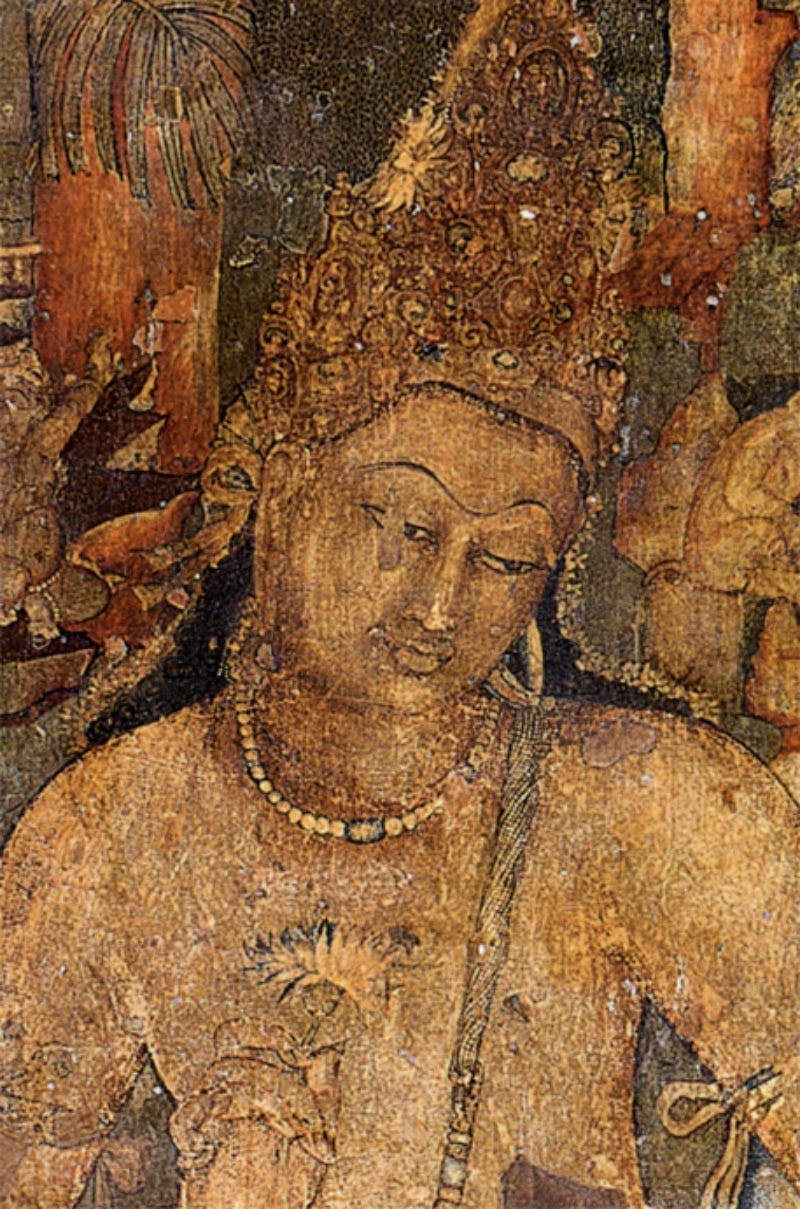Why the Surangama Sutra is Important
My Discovery Of The Surangama Sutra Has Given Me An Added Impetus To Bring These Sublime Meditation Practices To The Awareness Of All People

My Discovery Of The Surangama Sutra Has Given Me An Added Impetus To Bring These Sublime Meditation Practices To The Awareness Of All People
